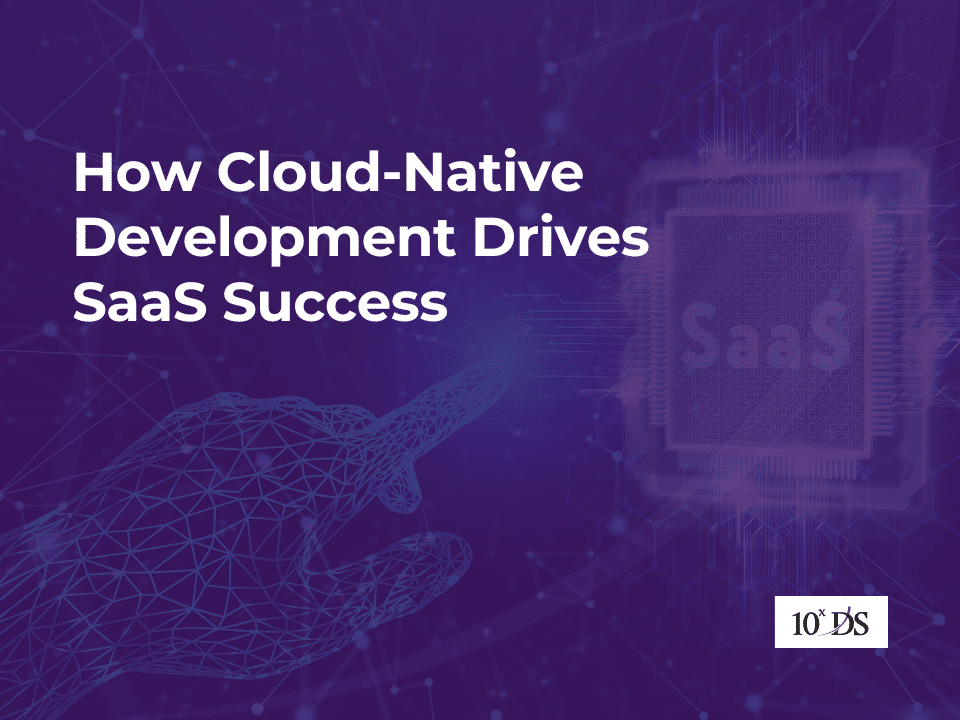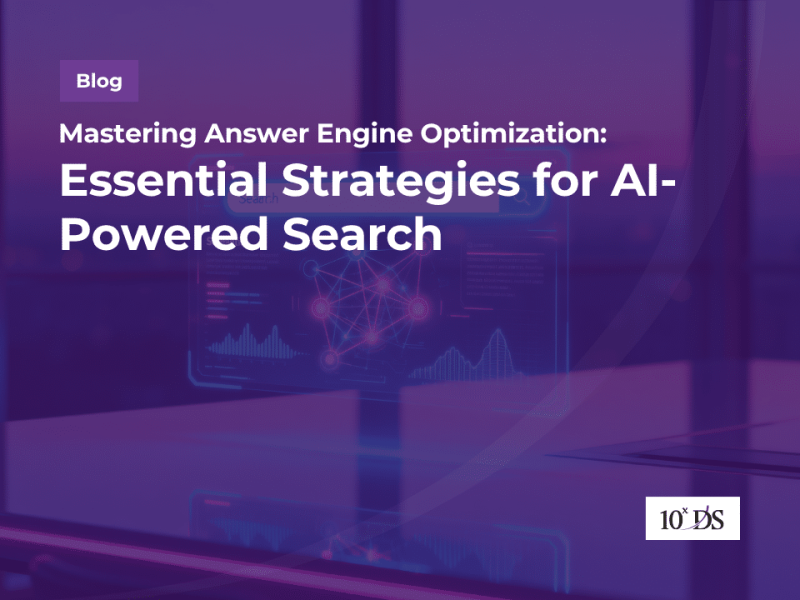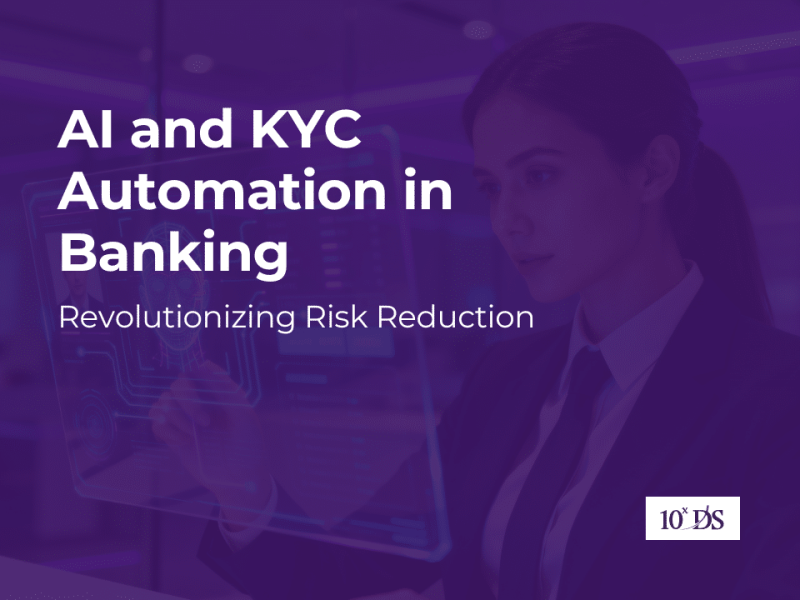
How Cloud-Native Development Drives SaaS Success
Netflix handle massive amounts of streaming data and provide a seamless user experience across millions of devices. How did they achieve this? They use microservices architecture and run their services on AWS. They use tools like Kubernetes for container orchestration and Spinnaker for continuous delivery. Netflix is a prime example of a cloud-native application. Cloud-native software development refers to the approach of building and running applications that fully exploit the advantages of cloud computing models. This methodology is designed to maximize scalability, flexibility, and resilience by utilizing various cloud services and infrastructure. The key characteristics of cloud-native development enable them to be resilient to failures and to scale horizontally.
- Applications are decomposed into small, loosely coupled, and independently deployable services named Microservices. Each microservice handles a specific business function and can be developed, tested, deployed, and scaled independently.
- Applications are packaged into containers using technologies like Docker. Containers encapsulate application code along with its dependencies, ensuring consistency across different environments from development to production.
- Orchestration tools like Kubernetes manage the deployment, scaling, and operations of containerized applications. These tools automate many tasks, such as scaling up/down based on demand and ensuring high availability.
- It embraces DevOps culture, emphasizing collaboration between development and operations teams. Continuous integration and continuous deployment (CI/CD) pipelines are established to automate testing, integration, and deployment processes.
- Infrastructure is managed and provisioned through code and automation, using tools like Terraform or AWS CloudFormation. This practice ensures consistent environments and facilitates version control and reproducibility.
- They take advantage of the cloud provider’s infrastructure to automatically handle increases or decreases in load.
- Leveraging managed services provided by cloud vendors (such as databases, machine learning services, and serverless computing) allows developers to focus on core business logic without managing underlying infrastructure.
- APIs are used for communication between microservices, and service meshes (like Istio) manage and secure this communication, providing features like traffic management, load balancing, and observability.
By following cloud-native principles, organizations achieve faster development cycles, improved scalability, greater resilience, and better resource utilization, leading to more efficient and effective delivery of applications. Many SaaS based service providers like Netflix, Spotify, and others benefit significantly from cloud-native development due to several key factors that align perfectly with their business models and operational needs. Spotify uses a microservices architecture and runs on Google Cloud Platform. They utilize Kubernetes to manage their containerized services, enabling them to handle vast amounts of streaming music data and deliver personalized experiences to users. Uber has adopted a cloud-native approach to build a scalable and resilient platform to support its global ride-sharing and delivery services. They use microservices, containerization, and dynamic orchestration to manage their large-scale, distributed systems. Airbnb has moved many of its services to a cloud-native architecture, leveraging AWS and Kubernetes. This allows them to handle peak traffic loads, such as during major holidays, and provides the flexibility to scale their services dynamically. Amazon’s retail platform uses a cloud-native approach to handle the vast scale and complexity of its e-commerce operations. AWS itself is a cloud-native platform that provides a wide range of managed services to support various applications.
Cloud-native development provides numerous benefits that are particularly advantageous for Software as a Service (SaaS) business models. Here are several ways it helps:
1. Scalability and Elasticity
Cloud-native applications can automatically scale up or down based on user demand, ensuring that resources are used efficiently and cost-effectively ensuring effective demand-based Scaling. With cloud-native infrastructure, SaaS providers can deploy applications in multiple regions across the globe, ensuring low latency and high availability for users everywhere to attain a global reach.
2. Cost Efficiency
Cloud-native platforms often operate on a pay-as-you-go model, allowing SaaS businesses to pay only for the resources they use, reducing upfront infrastructure costs. Containerization and microservices help optimize resource utilization, further controlling costs by efficiently managing compute and storage needs.
3. Resilience and Reliability
Cloud-native architectures are designed for high availability and resilience, with features like automated failover, disaster recovery, and distributed systems that can withstand component failures. Rolling updates and zero-downtime deployments ensure that SaaS applications remain available and reliable even during maintenance and upgrades to ensure continuous operations.
4. Faster Time to Market
Microservices and DevOps practices enable agile development, testing, and deployment cycles, allowing SaaS businesses to quickly introduce new features and updates. Continuous integration and continuous delivery pipelines automate the build, test, and deployment processes, reducing the time from development to production.
5. Enhanced Security
Cloud providers offer built-in security features and compliance certifications, ensuring that SaaS applications meet stringent security and regulatory requirements. And containerization provides process isolation, minimizing the risk of security breaches affecting other parts of the application.
6. Flexibility and Innovation
Cloud-native development leverages managed services (e.g., databases, machine learning, analytics) provided by cloud vendors, allowing SaaS businesses to focus on core functionalities and innovate faster. The ease of spinning up and tearing down environments encourages experimentation and innovation without significant cost or risk.
7. Improved User Experience
Cloud-native applications can optimize performance through efficient resource allocation, load balancing, and caching mechanisms. With access to advanced cloud services like AI and machine learning, SaaS providers can deliver personalized experiences to their users.
8. Operational Efficiency
Tools for monitoring, logging, and automated responses to operational issues reduce the need for manual intervention and improve overall operational efficiency. Managing infrastructure through code ensures consistency, repeatability, and faster deployment of environments.
By leveraging cloud-native software development, SaaS businesses can achieve greater scalability, cost-efficiency, resilience, and speed. There’s an estimated total of over 30,800 SaaS businesses around the world, as highlighted by a Statista study and projections suggest the SaaS market could even soar to nearly USD 908.21 billion by 2030. Cloud-native development approach not only enhances SaaS companies’ ability to meet customer demands and adapt to market changes but also enables continuous innovation and improved user experiences, all of which are critical for the success and growth of a SaaS business. Talk to our experts to learn more.


